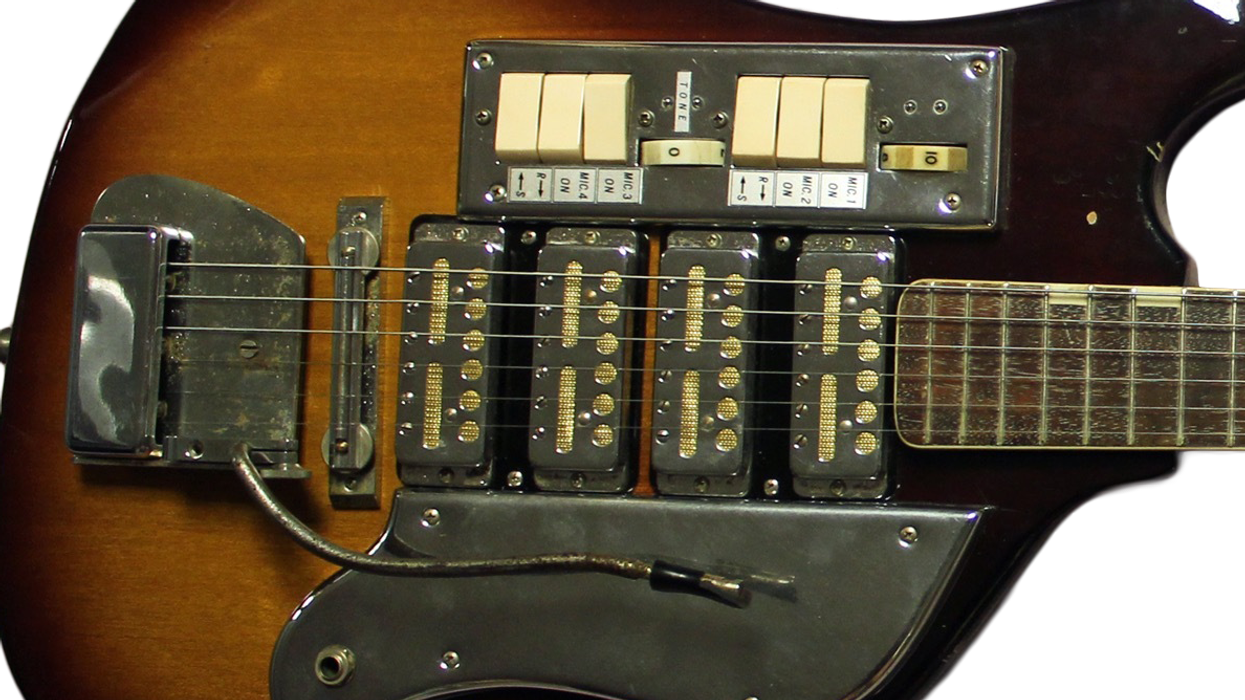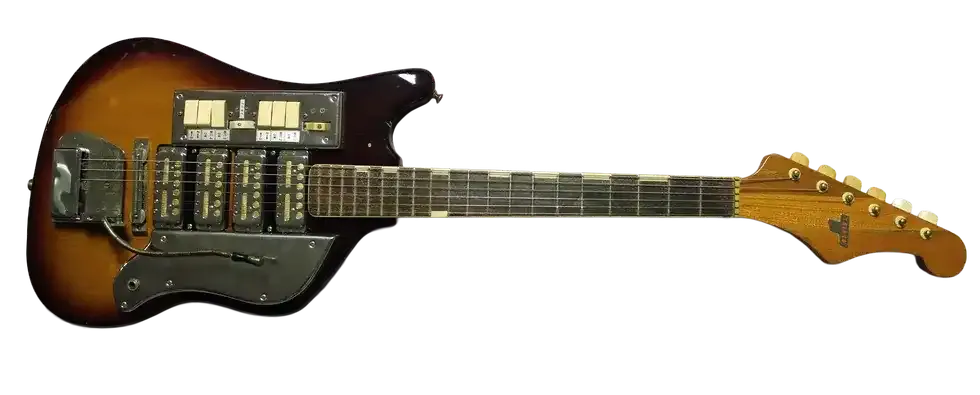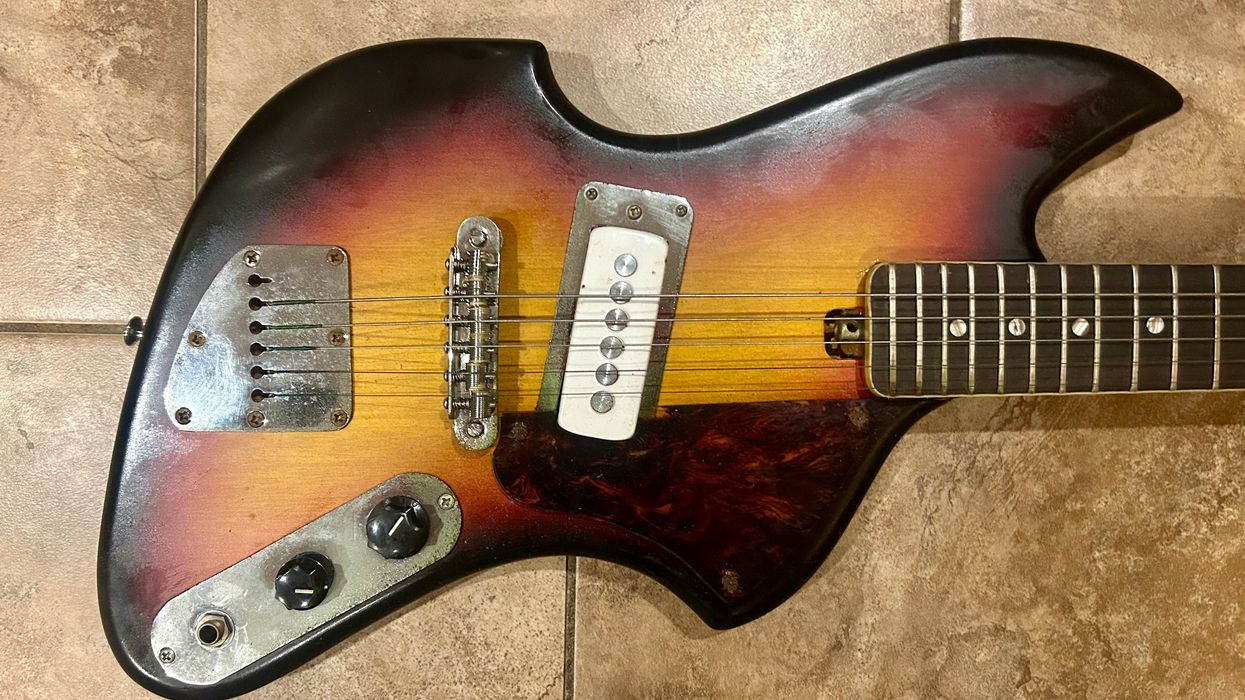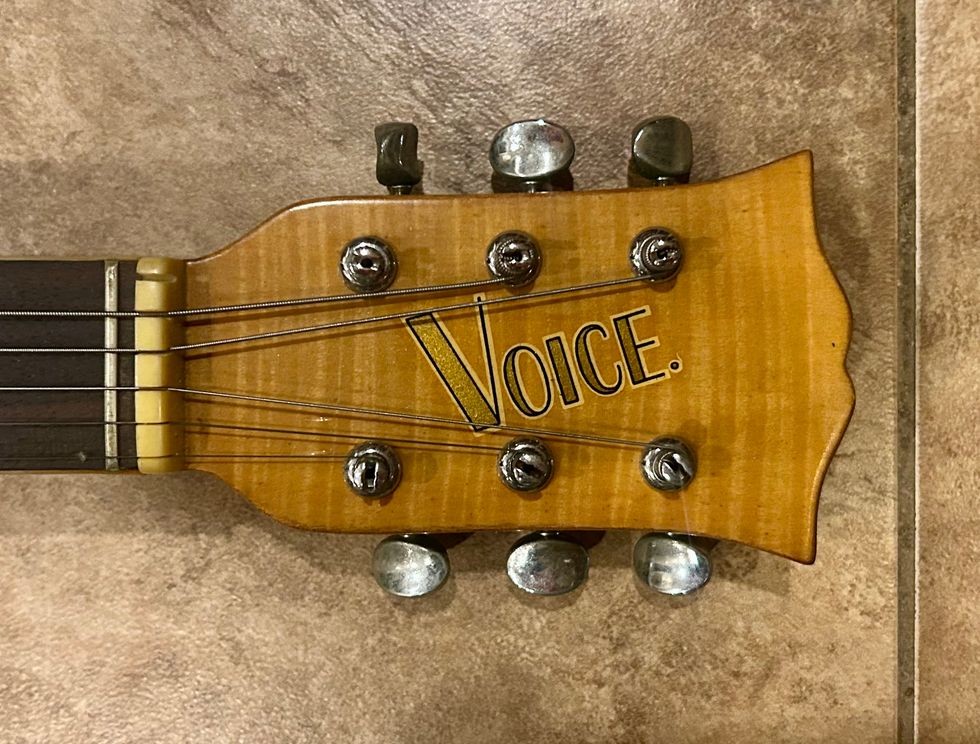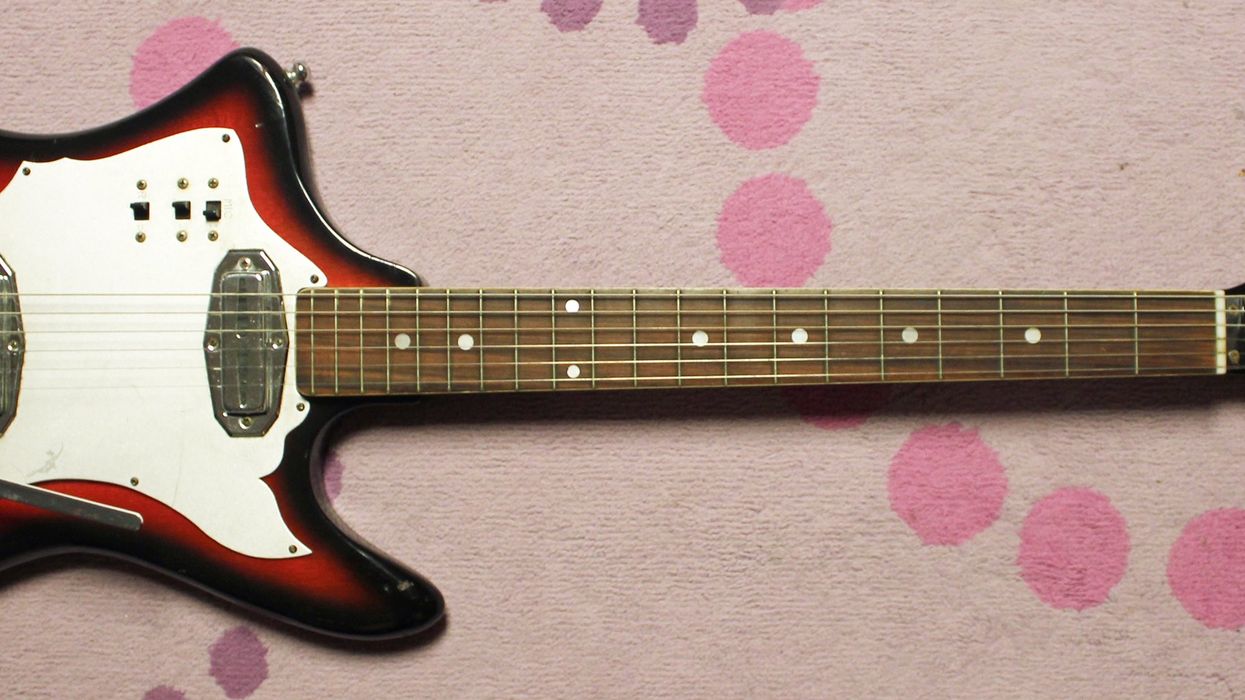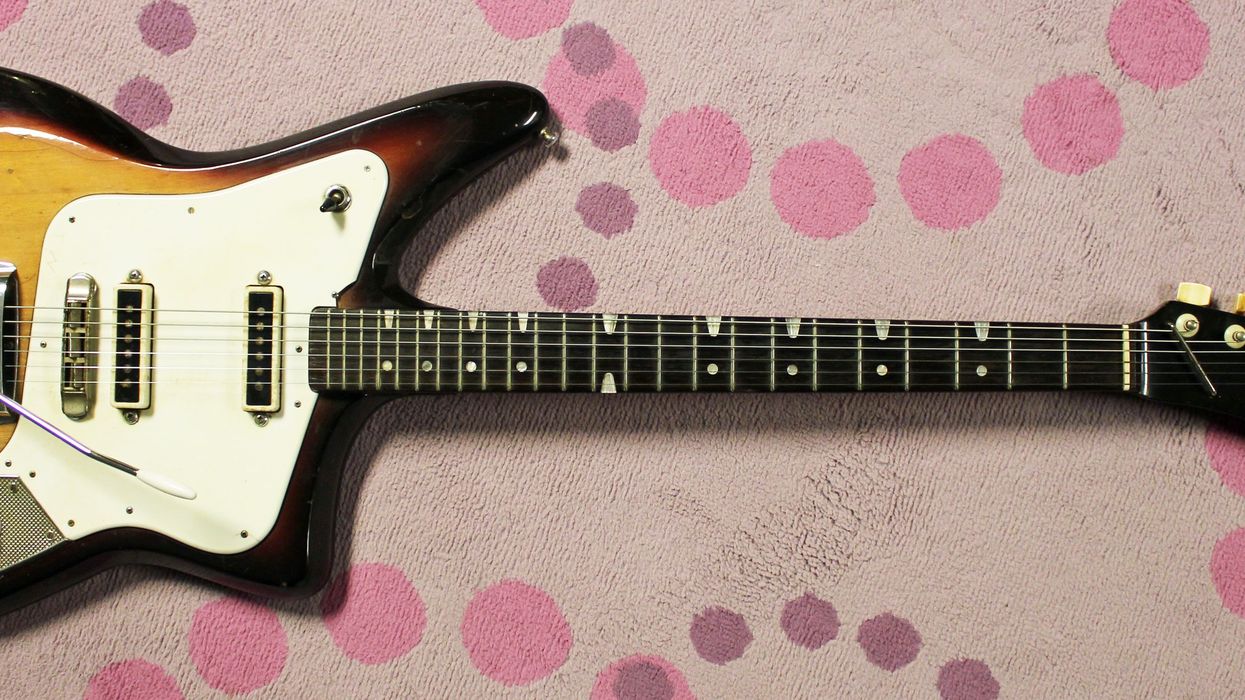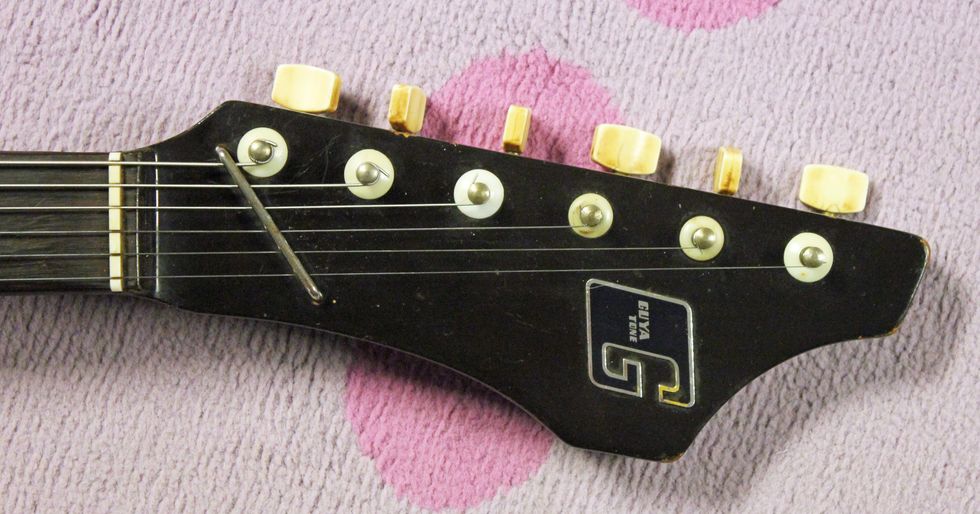This month, I’m proud to say that my wife and I are celebrating 20 years of marriage! Yes, she puts up with all my weirdness, but the gal is just the best, and I’m glad we found each other in this crazy world. Over the years, we’ve had a running joke about how, wherever we travel, I have to look up old music haunts or check out local classifieds for treasure.
I bought a guitar on our honeymoon, and our yearly trips to the shore were often spent trying to get a music-store owner to sell me an old hollowbody. (He thought it made a nice decoration.) On our 10-year anniversary, I bought a few guitars up in New England. But this year, we were staying in a beautiful but remote part of northern Pennsylvania, and I couldn’t find anything. There wasn’t even a music store in the whole county! Plenty of dollar stores, though, which are totally not that fun.
On our drive home we had the best chat about all sorts of topics, but eventually I started talking guitars. (Actually, the reason the subject came up was because she wants me to sell some of mine! Ha!) We were discussing remote spots, crazy music locations, and some totally strange collectors who had music “stores,” but never sold anything because the prices were nuts.
Once, we were driving through Massachusetts. I don’t remember the name of the town, but I do remember that it had a famous fire station that was depicted in some Norman Rockwell paintings. [It was likely Stockbridge.] As we were driving out of town, we spotted a big “SALE” sign in front of a kinda-sorta country store. The place was an amalgam of buildings, makeshift tents, and semi trailers filled with all sorts of goods and sundries. I remember it was hot as hell, and being inside the trailers felt like being broiled. Yet, I persevered, and went on searching for weird stuff.
the guitar featured a totally warped-looking body that was slightly offset and a tad offbeat.“
My wife bought a few things, like a fat ballerina mirror which we still have, and some old glass bottles of various colors. I wasn’t finding anything, but I asked one of the locals there about guitars. He eyed me up and must’ve thought I was worthy because he took me to a spot near the back, in an old shed that was probably being held together with paint. Inside, there was a little treasure trove of kooky instruments in all sorts of disrepair. Still, I was smitten with a few pieces, including this column’s subject.
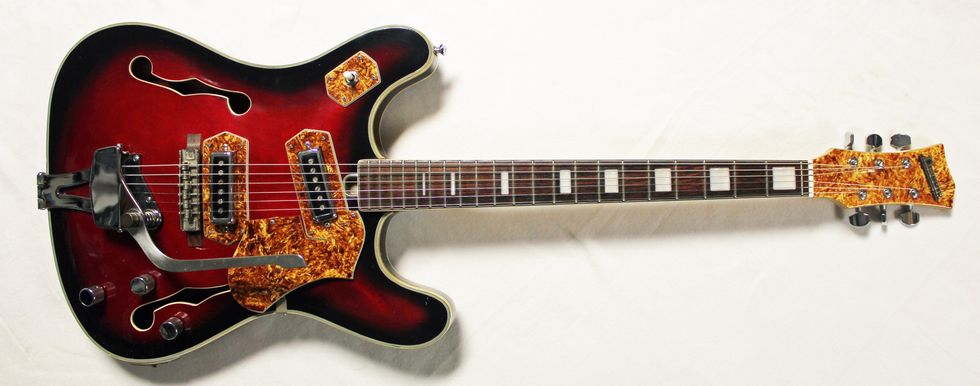
This Decca guitar is the kissin’ cousin of that old Bruno our columnist found in Western Massachisetts.
Labeled as a Bruno Royal Artist, the guitar featured a totally warped-looking body that was slightly offset and a tad offbeat. Finished in redburst with lots of brown pearloid, the Bruno had a lot of oddities that left me wondering. The neck and pickups were Kawai-made, circa 1966, but the body and tremolo originated elsewhere. I just assumed it was pieced together, but I still dug the thing, and it came home to live with us for a little while.
In the years that followed, I started to see more guitars just like this Bruno. I also saw some different brand names like Crown, Conqueror, and, pictured here alongside my Bruno, Decca. What was the mystery guitar factory behind the hybrids, piecing together Kawai parts with different bodies? I guess I may never know, but these are the happy little accidents we see in the bizarre world of guitars.
The guitar sounded very good, and the Kawai pickups in that hollowbody were smoky as hell. The body was finely crafted, and felt much more solid than typical fare from the era. The tremolo was also a solid feature, and the darn thing actually returned to tune.
This Bruno did eventually find a new home, and if I don’t sell more guitars, well … you know.


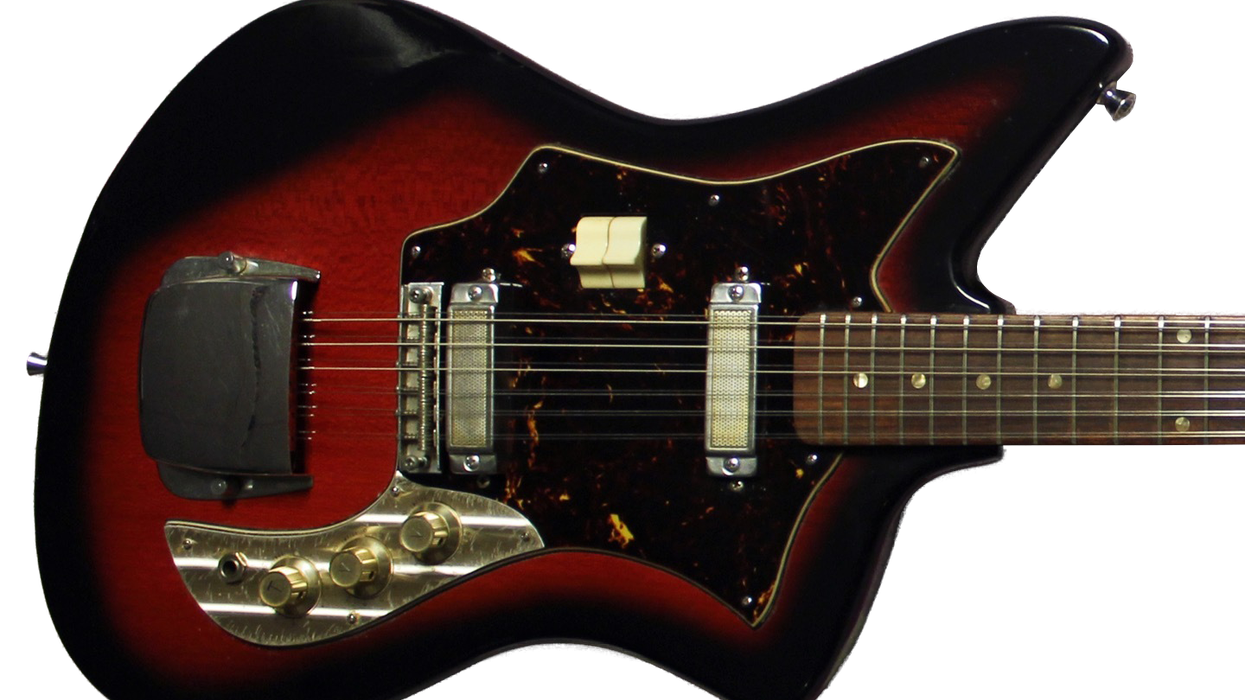
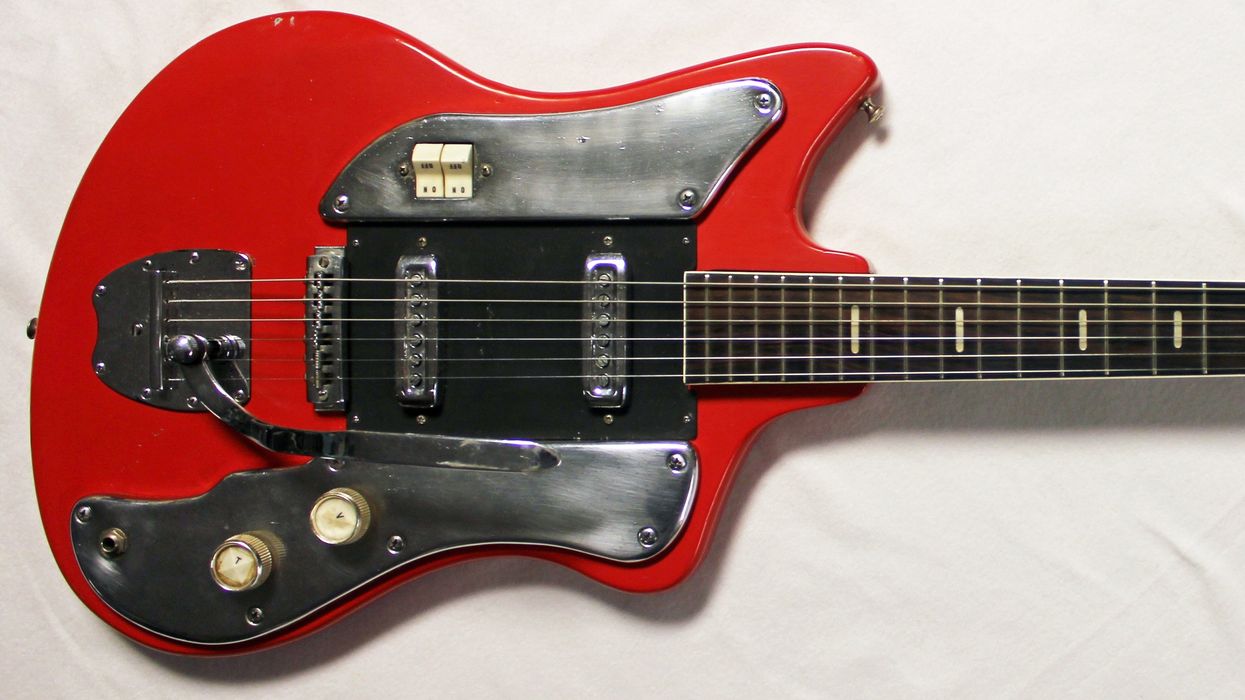
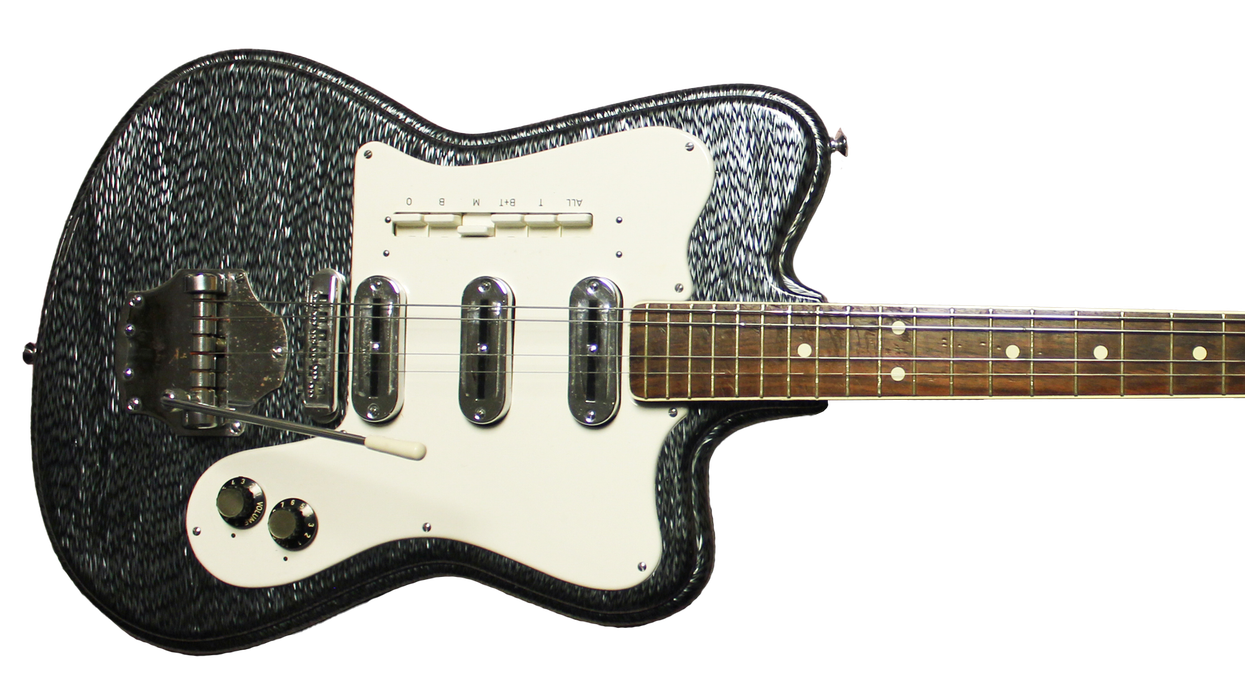
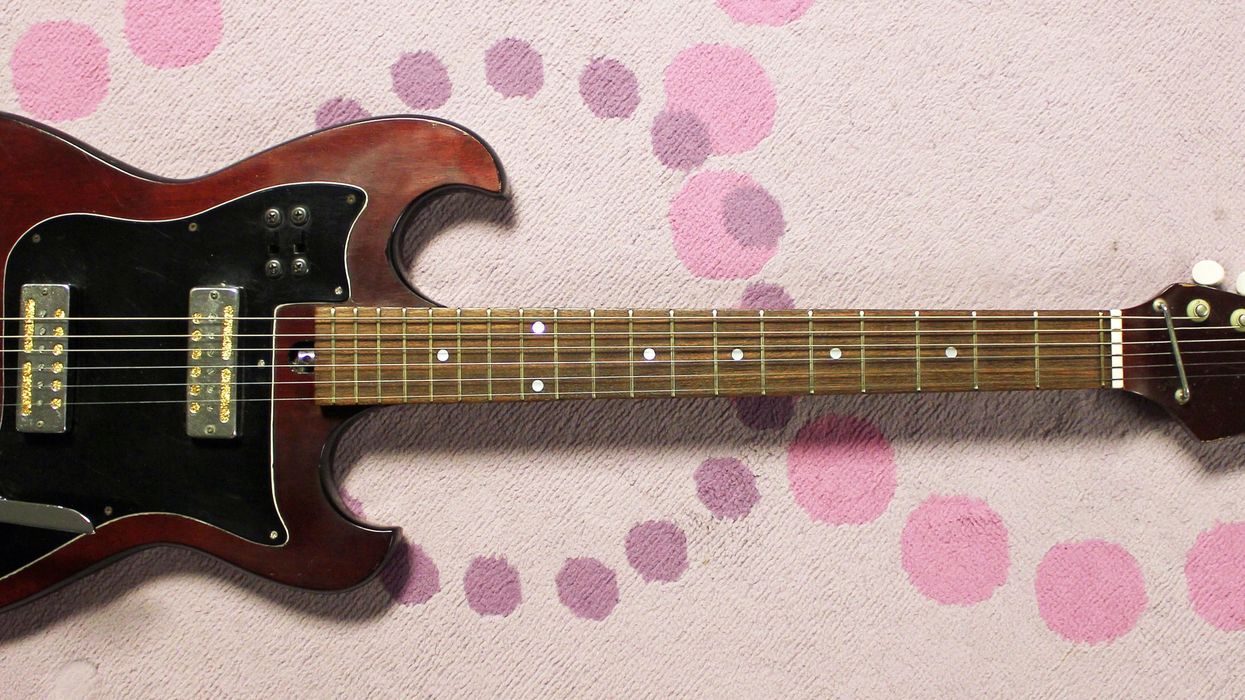
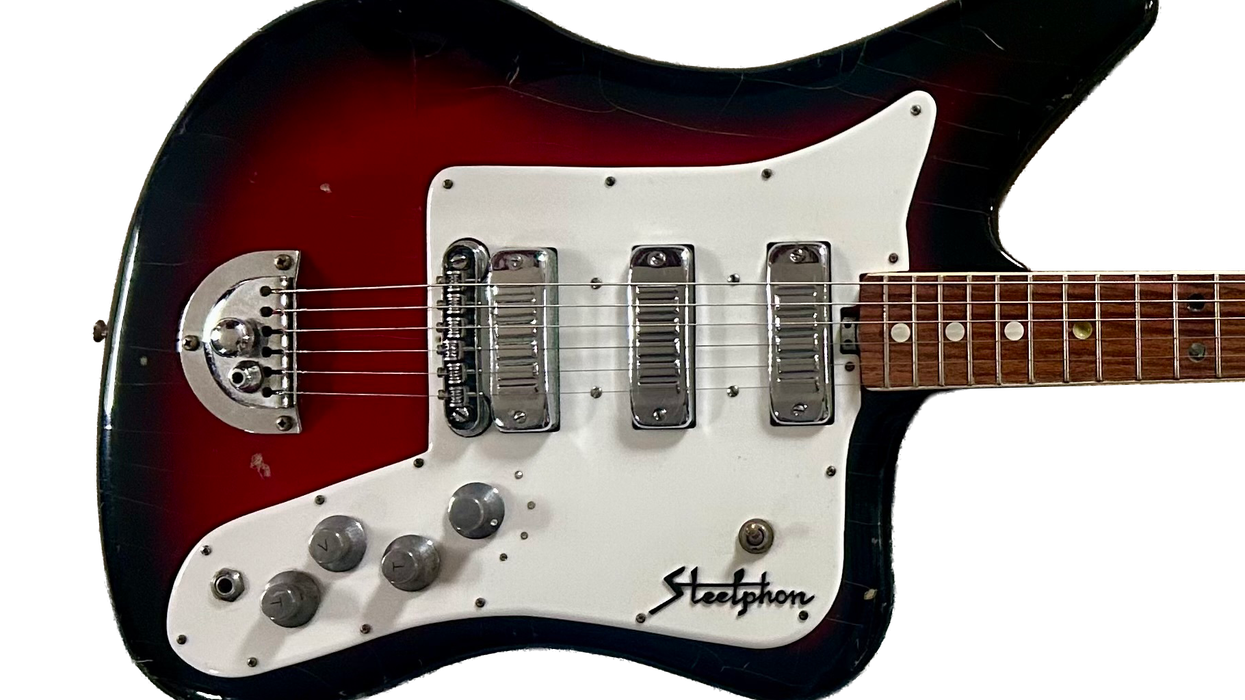
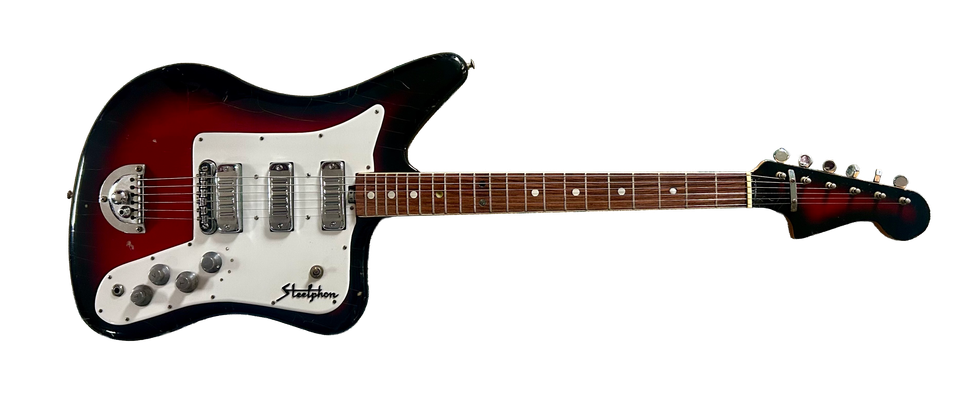 Then, in the dream, I “awoke” and realized I was back in my bedroom, and it was all just a dream. The kicker is that I was still dreaming, because that “paddle” guitar was suddenly in my hands—then I woke up for real! How about that misadventure?
Then, in the dream, I “awoke” and realized I was back in my bedroom, and it was all just a dream. The kicker is that I was still dreaming, because that “paddle” guitar was suddenly in my hands—then I woke up for real! How about that misadventure?





